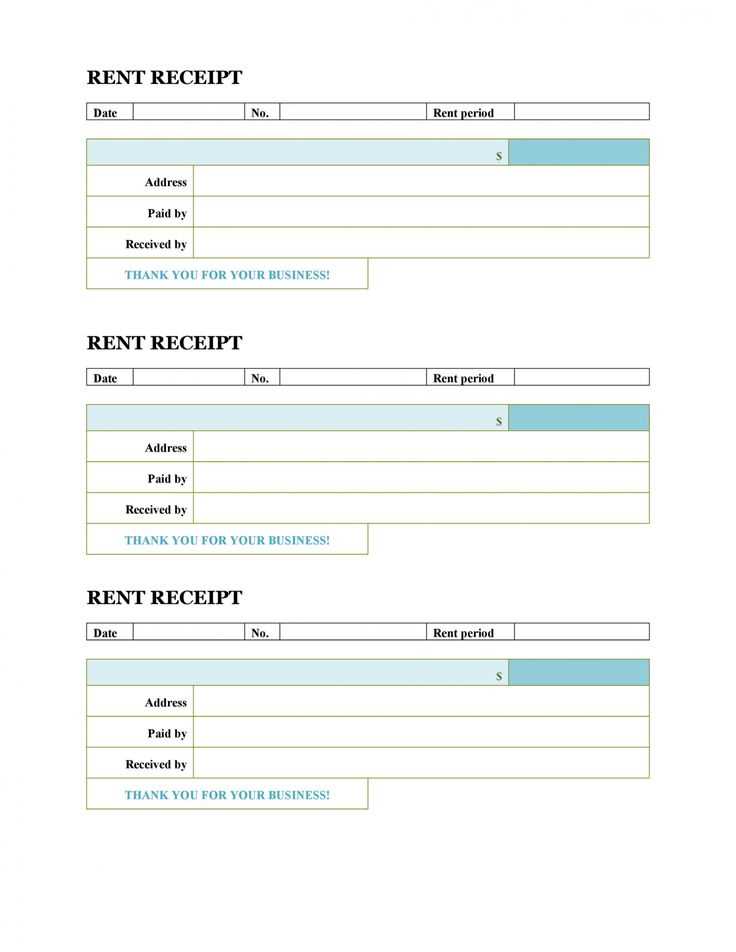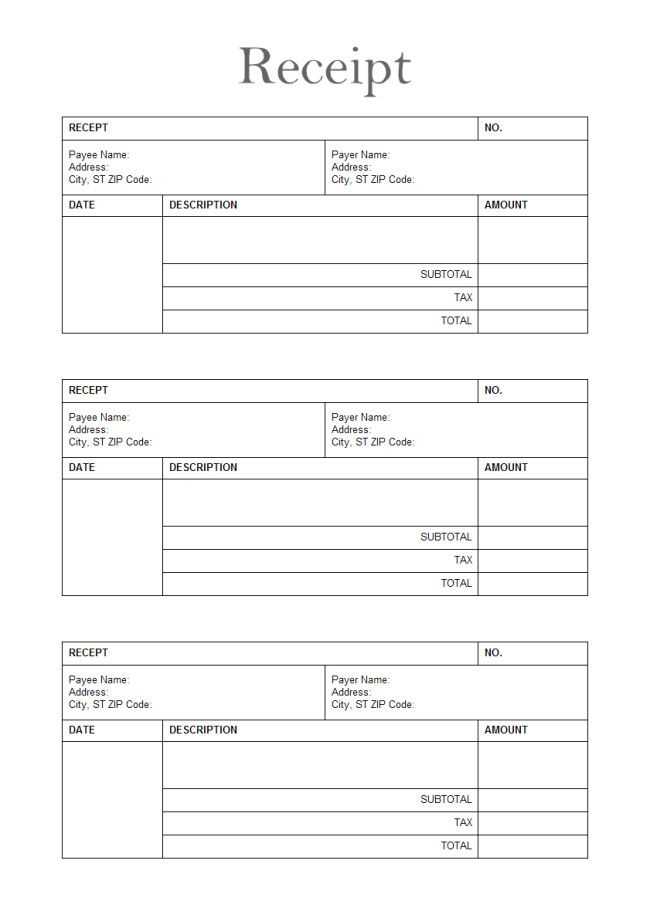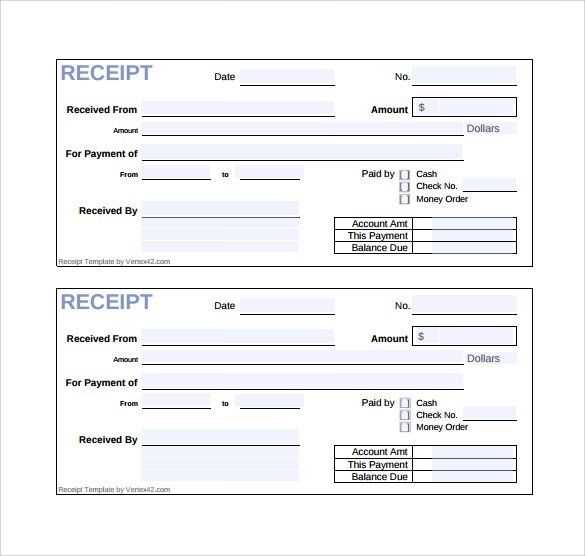
Creating a receipt for an art commission requires clear, organized details to ensure both parties are on the same page. Focus on including the name of the artist and the client, the description of the work, and the agreed-upon price. By listing these key elements, you eliminate confusion and set expectations clearly from the start.
Start with basic payment information: the total amount due, the payment method, and whether it’s a deposit or full payment. Include the date the transaction took place and the expected delivery date for the completed work. Be precise with payment terms, outlining if there are any future installment deadlines or additional charges.
Clearly itemize each aspect of the project to avoid misunderstandings. If applicable, mention the scope of work, whether it’s a specific number of revisions or set milestones. For extra clarity, outline any refund or cancellation policy that both parties have agreed upon in advance. This structure will make the entire process smoother and protect both the artist and the client.
Receipt Template for Art Commission
A clear and well-organized receipt can make your art commission process smoother and more professional. Use this template to create a simple, easy-to-read document for both you and your client.
Basic Information

Include the commission date, your name or business name, and the client’s details. This will help ensure that both parties have accurate records of the transaction. Be specific about the type of commission (e.g., portrait, landscape, abstract art). A good format includes:
- Artist/Business Name
- Client Name
- Commission Date
- Contact Information
- Commission Type
Payment Details
List the agreed-upon price and payment terms clearly. If the payment is split (e.g., a deposit and final payment), specify the amounts, dates, and any outstanding balances. For transparency, include:
- Total Commission Amount
- Deposit Amount (if applicable)
- Remaining Balance
- Payment Method (e.g., PayPal, bank transfer, cash)
- Payment Due Date
This structure helps prevent misunderstandings and keeps both parties on track with their commitments.
Delivery and Finalization
Specify how and when the artwork will be delivered. If there are any revisions or special requests, make sure to list them here. You can also note if the final piece will be delivered in digital or physical form.
- Delivery Date
- Delivery Method (e.g., email, shipping, in-person pickup)
- Revisions or Adjustments (if applicable)
Including these key details ensures that both you and your client have a shared understanding of the expectations, making the transaction more transparent and professional.
Designing the Header Section with Client and Artist Information

Place client and artist details at the top of the receipt for quick reference. The artist’s name or business name should be prominent, followed by contact information, such as email or website link. Make sure to align this information clearly to the left or center to make it easy for both parties to identify.
Client Information
Include the client’s full name, company name (if applicable), and contact details. Be sure to provide an email or phone number to ensure any follow-up questions can be addressed. Position the client’s information directly below the artist’s details to maintain a clear flow.
Artist Information

List the artist’s name, business name (if applicable), and contact information in a clear format. Include relevant social media handles or website links to make it easy for clients to find more of the artist’s work. Organize this section with consistency and make it visually distinct from the client section for easy identification.
Breaking Down the Payment Details: Hourly Rates, Fixed Fees, and Additional Charges
Clearly outline how you calculate the cost of your services. Specify your hourly rate or if you prefer a fixed fee for the project. When setting an hourly rate, indicate the amount charged for each hour worked, and ensure to mention the expected number of hours to complete the project. If a fixed fee is preferred, provide a detailed breakdown of what’s included in the price.
If you apply additional charges, make sure they are easy to understand. This might include travel fees, rush fees, or costs for special materials. List these charges separately and provide clear explanations for why they apply. For example, travel charges may depend on distance, and rush fees could be based on project timelines that require extra effort.
Transparency is key. Both parties should understand what’s included in the price and avoid any surprises later on. Clearly communicate the payment structure upfront to ensure that expectations are aligned from the beginning.
Including Legal Clauses and Terms for Ownership, Delivery, and Refunds
Specify the rights of ownership, delivery terms, and refund policy clearly. Start by defining who holds the intellectual property rights after the artwork is completed. Clearly state if the client will own the artwork or if it remains with the artist, specifying any usage rights or restrictions.
Ownership Rights

- Clarify whether the artist retains copyright or transfers it to the client upon full payment.
- State if the client is allowed to reproduce, sell, or display the artwork in specific contexts.
- Include any restrictions on the artist’s right to use the work for promotional purposes.
Delivery Terms

- Set a clear timeline for when the artwork will be delivered, including any digital or physical delivery methods.
- Include any shipping costs and responsibilities if delivering physical art.
- Explain what happens if the delivery is delayed or damaged during shipping, and how the client can address such issues.
Refund and Cancellation Policy
- Specify if refunds are available and under what circumstances, such as failure to complete the work or client dissatisfaction.
- Clarify whether a non-refundable deposit is required upon agreement, and if so, how it applies to cancellation.
- State how revisions or changes are handled and whether additional charges apply.


